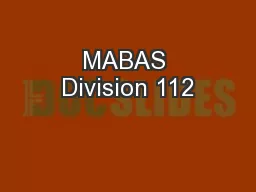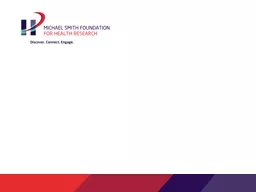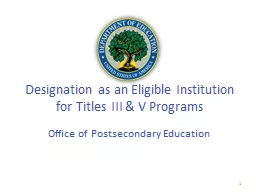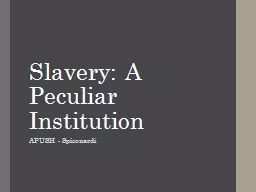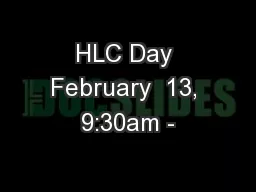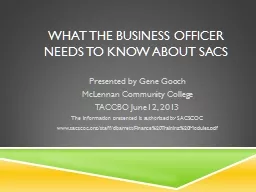PDF-Educational Institution on Responding
Author : madeline | Published Date : 2021-06-10
Disasters in Palu of Indonesia Ismail Suardi Wekke State Islamic Institute STAIN Sorong Indonesia Email ismailstain sorongacid Rajindra Rajindra Universit y of
Presentation Embed Code
Download Presentation
Download Presentation The PPT/PDF document "Educational Institution on Responding" is the property of its rightful owner. Permission is granted to download and print the materials on this website for personal, non-commercial use only, and to display it on your personal computer provided you do not modify the materials and that you retain all copyright notices contained in the materials. By downloading content from our website, you accept the terms of this agreement.
Educational Institution on Responding: Transcript
Download Rules Of Document
"Educational Institution on Responding"The content belongs to its owner. You may download and print it for personal use, without modification, and keep all copyright notices. By downloading, you agree to these terms.
Related Documents





